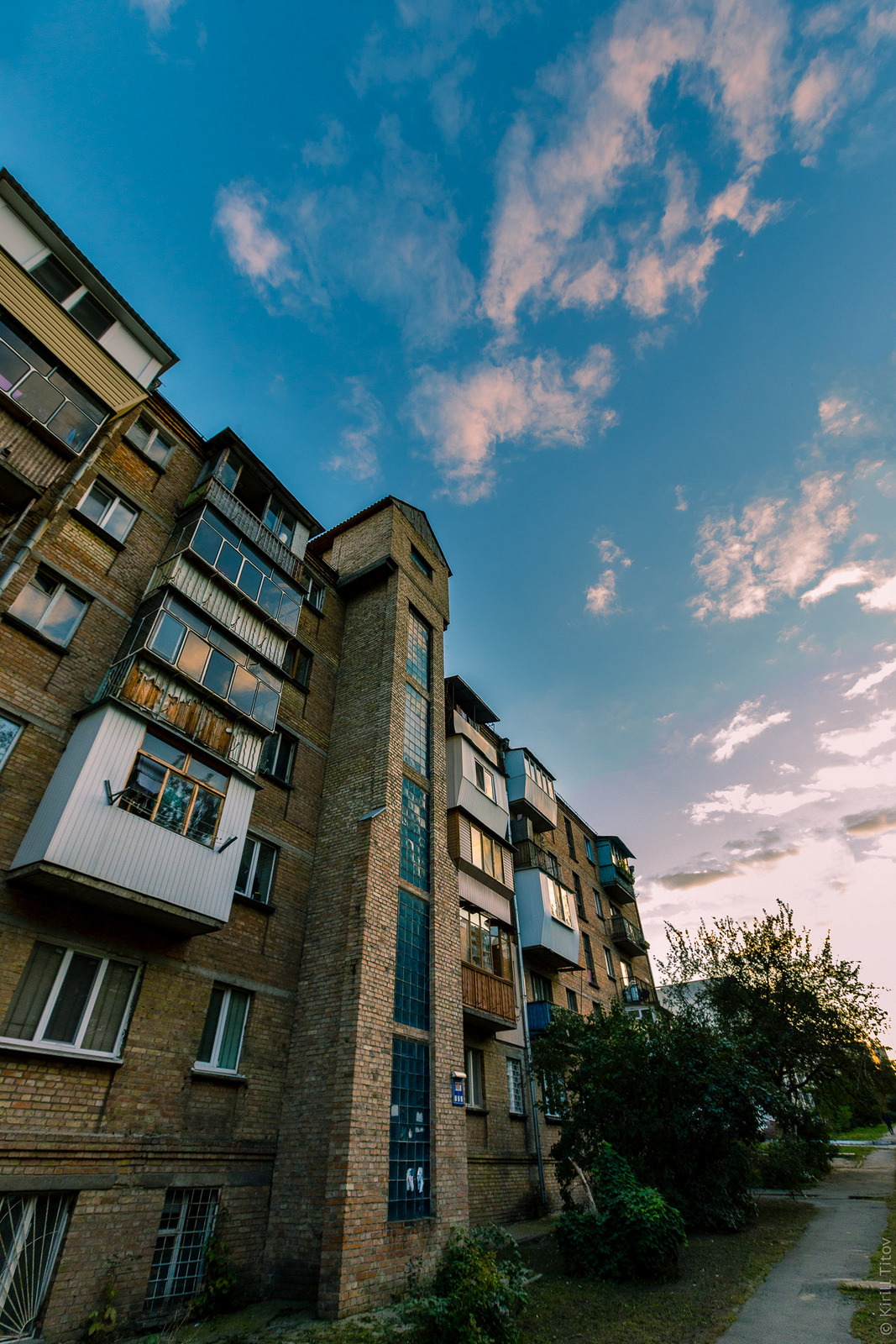Slow Safari tabs on MacBooks with Touch Bar
I have a work laptop by Apple Computer, a 2017-ish MBP with a loathsome Touch Bar. Since day one I noticed very slow new and closed Safari tabs. And it got only worse with time ten to fifteen seconds of non-responding browser. Funny enough, it was only if I had and active input on a page. Otherwise everything is fine (not).
Earlier this year I overclocked upgraded my personal macbook to 16 inches 32 gigabytes Core i9. Expectedly enough I expected that Safari will be fast again with this ridiculous config, but in reality it was opposite of nice.
Only recently I compared facts (old macbook didn't have this kind of problem, and generally non-touchbar macbook don't have it), and finally found the root of the problem: you have to remove tabs previews from Touch Bar. When there are too many of them, any change of this list becomes too heavy for the Touch Bar, and it slows down the whole browser. In the end, I didn't really need those previews, I always have 30+ tabs and they become small lines. No use.
Solution: go to menu item "View" — "Customise Touch Bar", and remove the default set of widgets (backwards-forwards arrows, which are simply not needed when you have awesome touchpad, and actually tabs list). The moment you remove it, all tabs will be sanic.exe fast.
You can thank me for this advice by buying my album on Bandcamp.







Pending comments